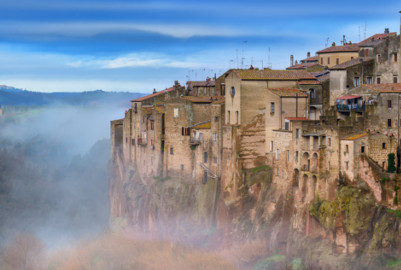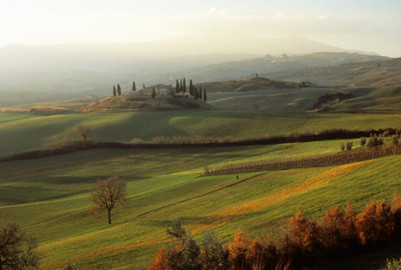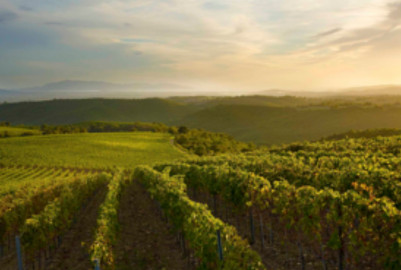Maremma: an enchanting land where archeology, art and nature live together.
Imagine a mosaic of archeological areas, tuscan sea and hills, medieval little towns and ancient castles sorrounded by wild nature enhanced by natural thermal baths, parks, reserves and natural oasis.
Maremma finds itself in south Tuscany, known for its landscapes, traditions, history, artistic legacy and its influence on high culture. Regarded as the birthplace of the Italian Renaissance, Tuscany is also worldwide famous for wine production, including Chianti, Vino Nobile di Montepulciano, Morellino di Scansano and Brunello di Montalcino.
Maremma is a perfect microcosm that stretches between the provinces of Livorno and Grosseto. In the Divine Commedy, Dante Alighieri identified its borders from “Cecina to Corneto” (Tarquinia in Lazio). Maremma is unique because of the variety of its territory: blue sea, long beaches, black rock, hills covered with woods, marshes and flat lands, green hills and natural thermal baths.
It’s a timeless region with ancient roots. Here the Etruscans and then the Romans flourished for centuries leaving behind important traces in the Etruscan cities of Populonia and Roselle and many other archeological areas are scattered around the region. Then the Aldobrandeschi clan arrived and ruled in Maremma during the dark era of the Middle Age leaving behind high towers, castles and walled towns such as Santa Fiora and Sovana. The Medici and Lorena families also lived here, as the massive Medici wall in Grosseto remind us. The Medici actually started the land reclamation of the marshes in Maremma that ended only after the Second World War.
Maremma is not just culture and landscapes; it is also a region rich in typical products to be tasted and savoured while drinking a good glass of wine. Sea, hills and mountains melt perfectly in its food, the acquacotta soup is a just one example.
The noble city of Grosseto, is the vital centre of the Maremma and lies in a green plain traced by the flow of the Ombrone and its origins go back to the powerful Etruscan and Roman city of Roselle (8 kilometres (5 miles) northeast of Grosseto).
Grosseto lies 14 kilometres (9 miles) from the Tyrrhenian Sea and the beautiful south tuscan coast (Castiglione della Pescaia, Marina di Alberese, Marina di Grosseto, Principina a Mare).
Walking among the military, civil and religious monuments of Grosseto, you are able to cover twelve centuries of history and envision each of the periods and rulers as they are unveiled, layer by layer, before you. Imaginary time travel takes place as you see the Etruscan ships sail Lake Prile, teeming with fish and stretching from the coast to the city of Roselle and submerging the whole Grosseto area. Originally, in fact, there was a large sea gulf surrounded Grosseto and that was gradually transformed over the centuries into a lagoon with marshes and cane thickets. In the 11 th century the city became the feud of the Aldobrandeschi family, then later fell under Senese dominion and finally under the rule of Medici family.
The noble Florentine family encouraged the city’s economic recovery by excavating canals for land reclamation and constructing the city wall and buildings of public utility. Later, the arrival of the Grand dukes of Lorraine (18th century) favoured the definitive rebirth of the city.
The centre, with its hexangonal wall, the Cathedral and the Cassero Senese, tells us the story of the city’s past. The Medicean city walls have come down to us almost intact and are a defensive circuit equipped with 6 bastions serving as lookouts. The Fortress looms above all else, a fortified citadel dominated by the massive Cassero Senese dating from 1344 and enclosed within the wall in the 6th century.




















